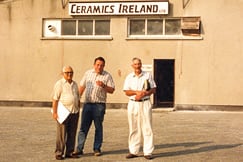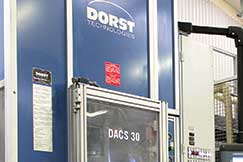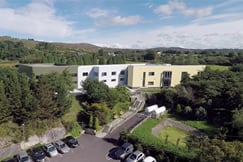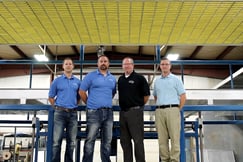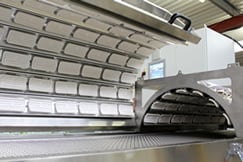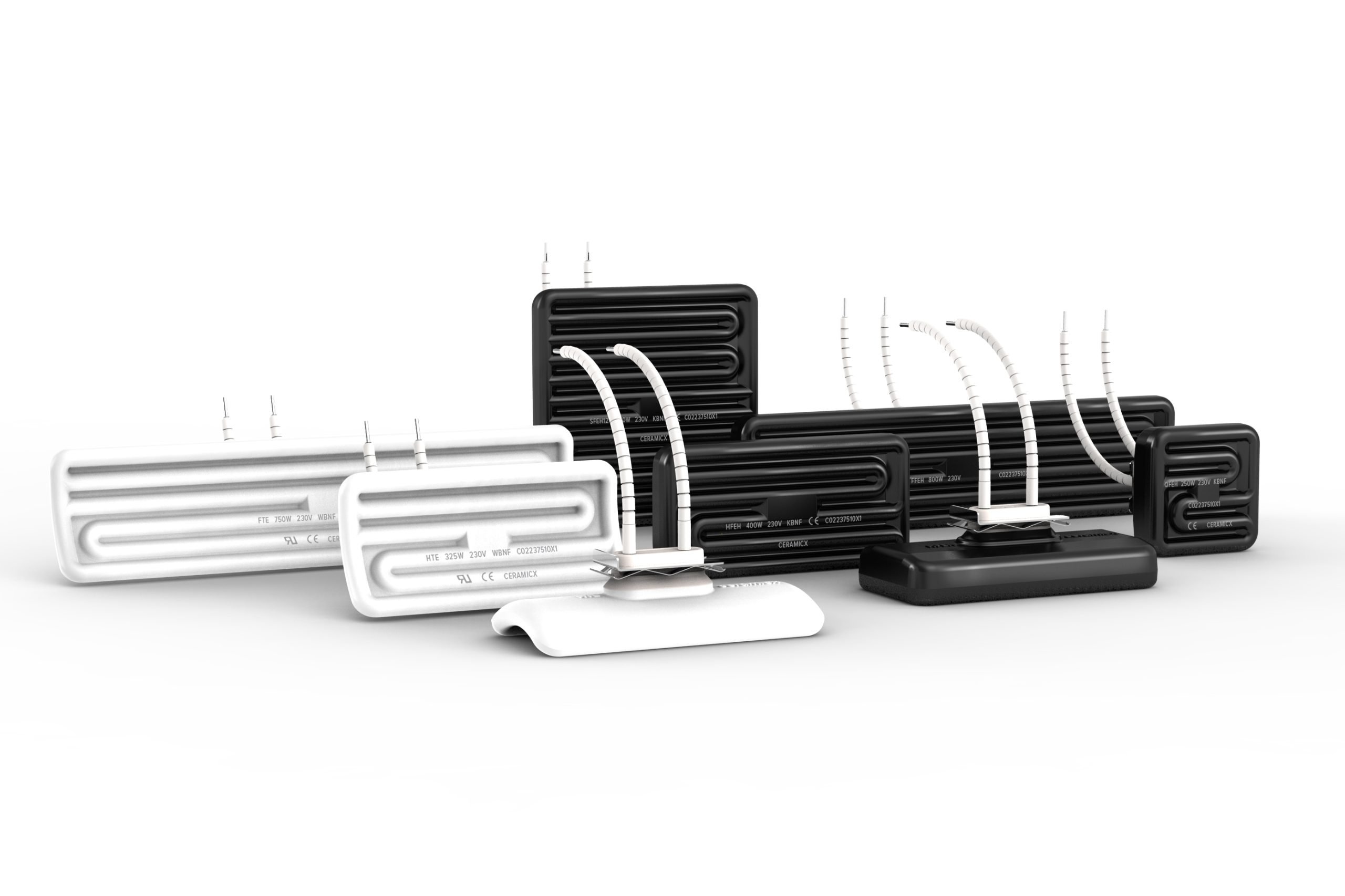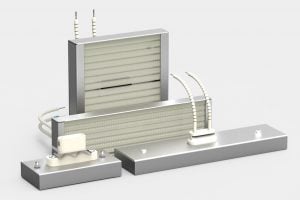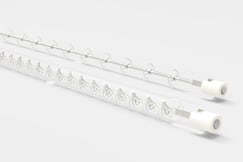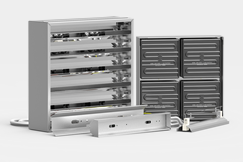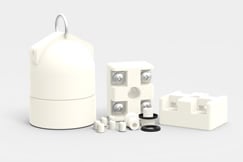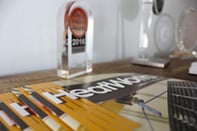| AUTHOR | DATE CREATED | VERSION | DOCUMENT NUMBER |
|---|---|---|---|
| Conor Newman | 21 March 2019 | V1.1 | CC11 – 00146 |
Introduction
The performance of three standard Ceramicx elements, an 800W FTE, an 800W FFEH, and an 800W FFEH with black glaze was evaluated within Ceramicx’ Herschel heat flux robot.
Method
The heaters were placed in a standard 0.75mm aluminised steel RAS 1. The reflector was then mounted in the Herschel for examination.
Heat flux mapping
Ceramicx Herschel heat flux robot examines the total heat flux (W.cm-2) which is incident on the sensor. Heaters can be mounted in the Herschel and analysed using the 3D Infrared heat flux mapping routine. This automated system uses an infra-red sensor that is robotically guided around a pre-determined coordinate grid system in front of the heater emitter under test. The sensor has a maximum heat flux level of 2.3 W.cm-² and measuresIR in the band 0.4-10 micrometres. The coordinate system is a 500mm cubic grid in front of the heating emitter.The robot moves the sensor in 25mm increments along a serpentine path in the X-and Z-directions, while the heating emitter is mounted on a slide carriage which increments in 50mm steps along the Y-direction.
For this analysis, the heat flux was only obtained for the heaters at a distance of 100mm from the sensor.
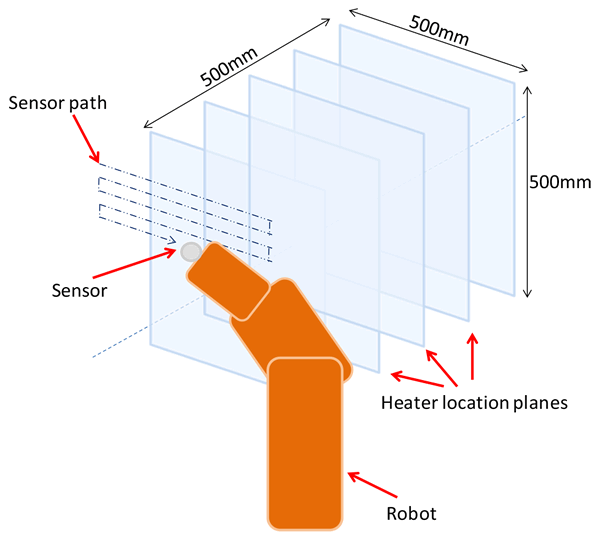
Results
The results provided by the Herschel are displayed in table 1.
- The mean heat flux is the average of the 441 readings detected by the Herschel.
- The max heat flux is the maximum individual reading detected by the Herschel. This tends to be directly in front of the centre of the element.
- The percentage efficiency is calculated as follows:
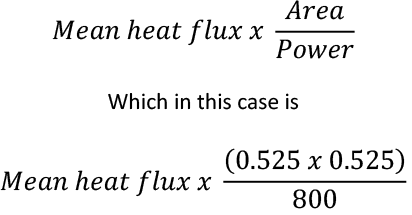
From the results it is calculated that the FFEH outperforms the FTE by 9.2%, and the black glaze outperforms the white glaze by 3.9%.
| FTE White | FFEH White | FFEH Black | |
| Mean heat flux (W/m²) | 1437 | 1569 | 1630 |
| Max heat flux (W/m²) | 7311 | 8513 | 8938 |
| Percentage efficiency (%) | 49.5 | 54.05 | 56.15 |
Disclaimer
These test results should be carefully considered prior to a determination on which type of infrared emitter to use in a process. Repeated tests conducted by other companies may not achieve the same findings. There is a possibility of error in achieving the set-up conditions and variables that may alter the results include the brand of emitter employed, the efficiency of the emitter, the power supplied, the distance from the tested material to the emitter utilised and the environment. The locations at where the temperatures are measured may also differ and therefore affect the results.

